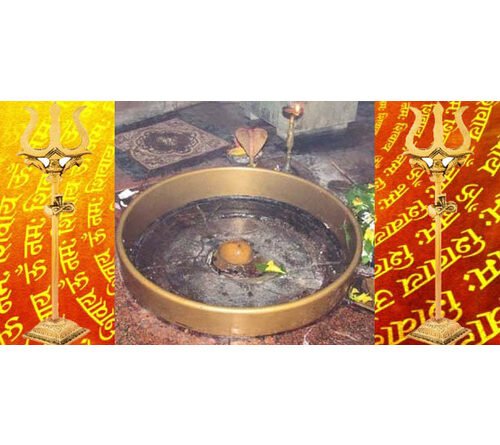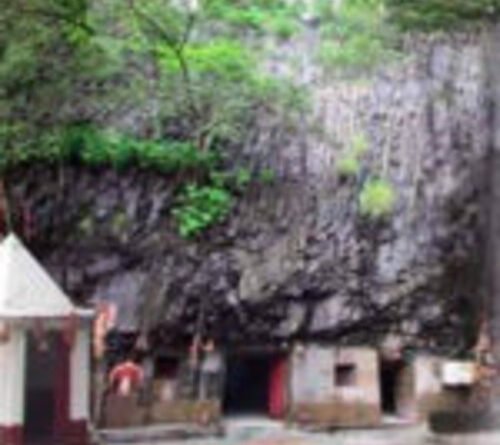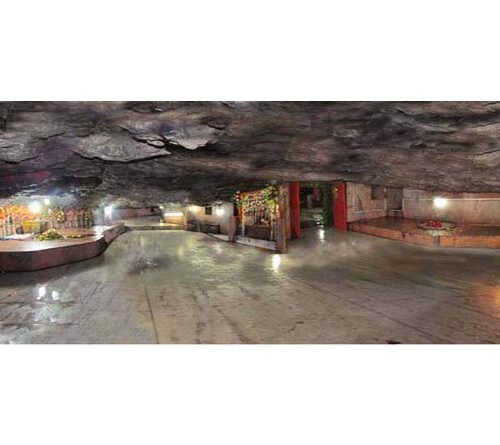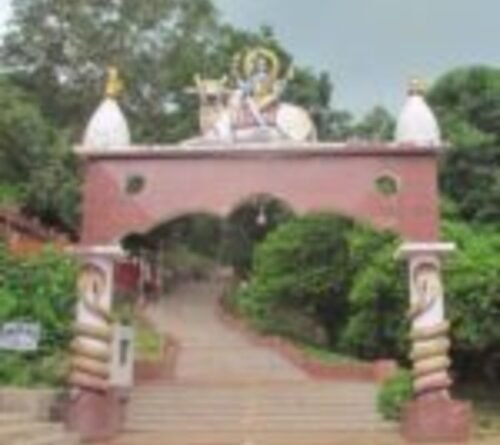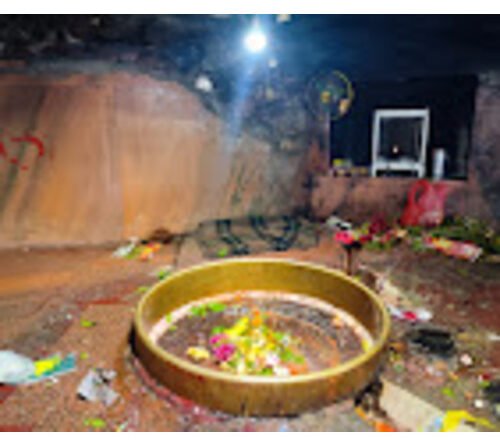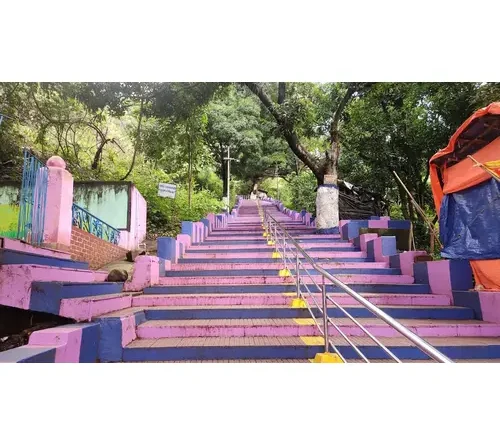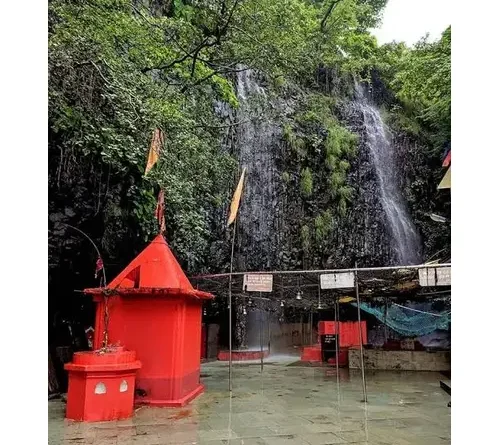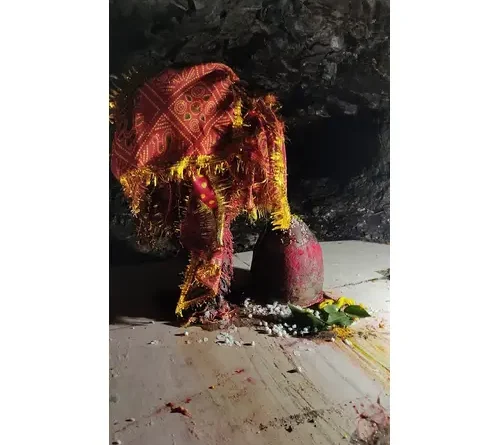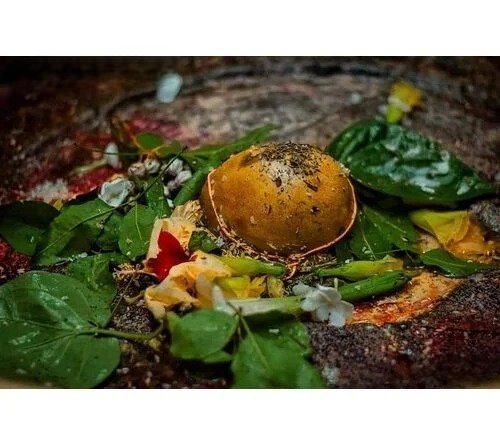Gajeshwar Nath/Shivgadi Dham Sahibganj,Jharkhand
Situated in Sahibganj district of Santhal Pargana division of Jharkhand, the second Baba Dham or Mini Baba Dham is famous as ‘Baba Gajeshwar Nath’ Dham which is also known as ‘Shivgadi’. This is a very ancient and mythological temple. Here near this temple, nature has distributed its gifts with both hands. The beauty of this place is worth seeing. For this reason, tourists come here throughout the year and along with having darshan of ‘Baba Gajeshwar Nath’, they also enjoy the beautiful views here.
Shivgadi, the abode of Ashutosh Baba Bhole Nath in the lap of picturesque natural scenes
A famous mythological Dham of Lord Ashutosh / Baba Gajeshwarnath Dham / Shivgadi is situated amidst the picturesque natural scenes in Barhet block of Sahebganj district. This is a visible, mythological worshipable temple, which is a Giri Gahwar temple amidst the picturesque views of the hills of the palace full of natural beauty and the natural beauty of the cascading waterfalls. This temple of Baba Gajeshwar Nath is situated at the height of the hill. Hence the devotees get to see the temple after climbing 195 stairs. Water continuously drips from the upper rocks on Baba’s natural Pitambari Shivling located in the cave, which is amazing and unique.
The inner story of Baba Gajeshwarnath Dham (Shivigadi) is as follows. The Shivalinga of Gajeshwarnath is established by the demon king Gajasur. In Shiv Purana, there is a description of a demon named Gajasur who was the worthy son of the powerful Mahishasura. He performed severe penance for thousands of years by standing on the strength of his thumb and obtained a boon from Lord Shankar. After getting the groom, he became extremely powerful and wicked. Due to its atrocities and fear, the sages, saints and gods started shouting in horror. The sages and gods praised Lord Shankar. Hearing his pitiful cry, Lord Shankar killed Gajasur. Even while dying, Gajasur praised Lord Shankar due to which Lord Shankar was pleased and said that this Shivalinga established by you will be famous in your name. People will know it as Gajeshwar Dham. It is said that when Lord Shankar was killing Gajasur riding on Nandi, Nandi stood on two legs. The same footprints of Nandi are still there on a rock there. The continuously flowing water from there is famous by the name of Shivaganga.
According to another belief, during the Mahabharata period, Arjun had seen Lord Shankar on this mountain.
Pitambari Shivling located in Baba Gajeshwar Nath Dham is natural. After entering the sanctum sanctorum (cavity), the Pitambari Shivling of Baba Gajeshwar Nath Mahadev is seen. Water keeps dripping drop by drop from the rocks just above the Shivalinga for twelve months. It seems that nature itself continuously performs Jalabhishek of Lord Shankar. Just in front of Shivling, the statues of Mother Parvati and Shiva’s vehicle Nandi are installed. The idols of Ganesha and Karthikeya are also installed inside the cave. There is another cavity inside the cavity on the left side of Shivalinga. It is said that in ancient times, through this Guha Marg, Rishi Mahatma used to bring water from Uttarvahini Ganga Rajmahal and perform Jalabhishek and worship of Baba. At present the mouth of this cavity has been closed. There is another staircase on the right outside the temple which goes up to Shivaganga. Here there are two footprints of Nandi on a rock. Water remains present in the trough in the form of hoof throughout the year even in scorching heat, which is known as Shivaganga. Devotees coming to Shivgadi do not forget to visit Shivganga. In the month of Shravan, the Kanwariyas who collect water from Rajmahal Gangaghat reach Shivgadi temple through inaccessible hilly route.
The sanctum sanctorum of Baba Gajeshwar Nath Dham temple is situated in the mountain cave.
The mountain rising straight above the entrance of the sanctum sanctorum (cave) of Baba Gajeshwar Nath Dham temple appears like a huge Gajraj. The rare Akshayavat tree present above the entrance of this sanctum sanctorum cave situated in a huge mountain has been found here after Bodh Gaya in India. The roots of this banyan tree extend to the temple on the left side of the entrance. Which looks as if Lord Shankar’s matted hair is fluttering. This tree is famous by the name of Manokamna Kalpataru. It is believed that by tying a stone to the root of this Kalpataru, Baba Gajeshwar Nath fulfills all the wishes of his devotees. Before entering the cave, Giri purifies the devotees with the water of the spring falling from just above the cave.
The history of Baba Gajeshwar Nathdham (Shivgadi) is found as follows. The temple partially came into public view around the 15th century. This temple started becoming famous after King Mansingh worshiped in this temple in the 16th century. Earlier the path to reach this temple was inaccessible and difficult. Lord Ashutosh was worshiped by the tribals in the inaccessible hills and the tribals named this temple *Shivgadi* i.e. the house of Shiva. Amar Shaheed Sido-Kanhu, the hero of Santhal rebellion, used to worship in this temple. Since then it also became a major center of faith for the Santhals.











